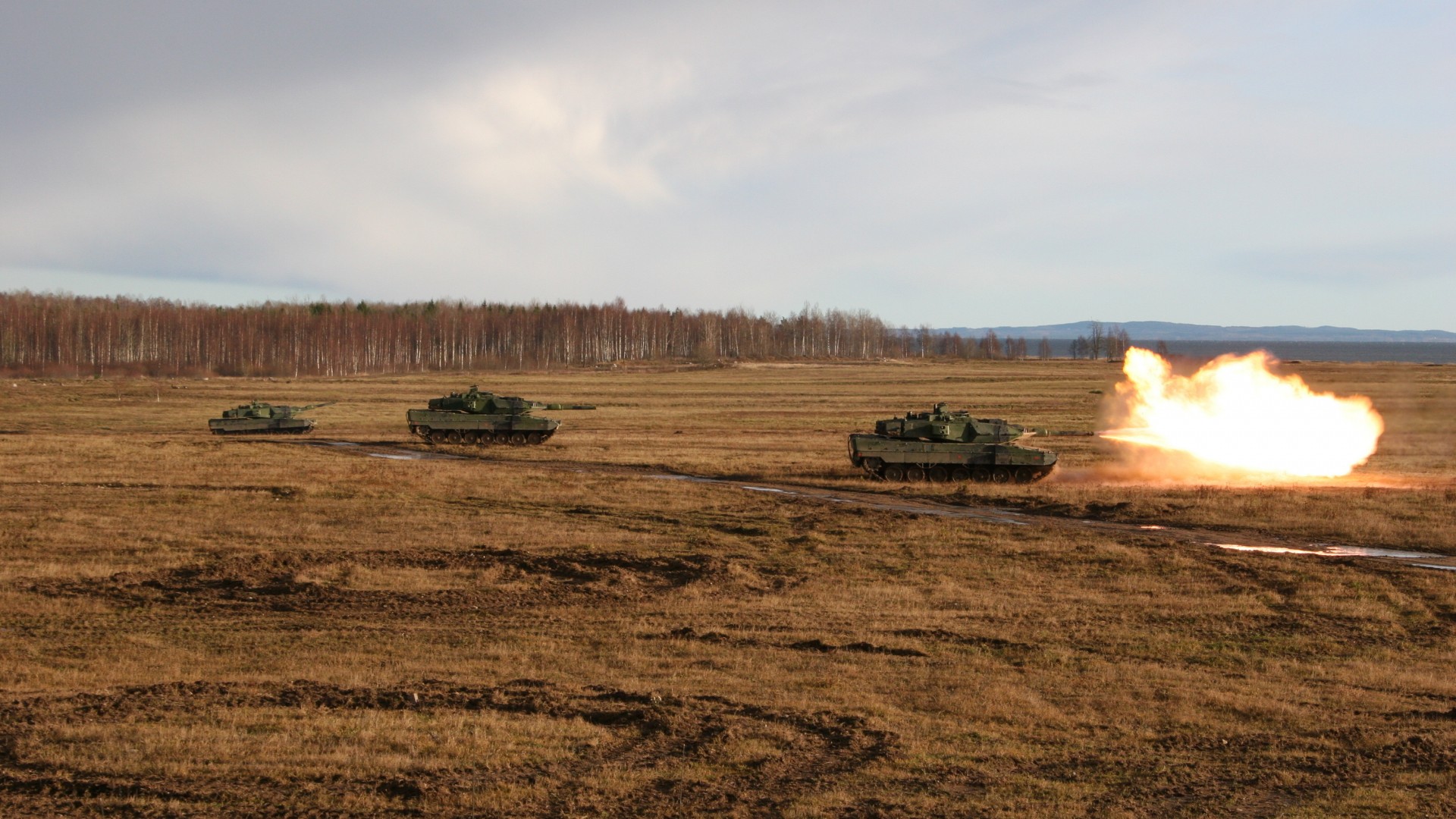
The Iraqi Army lost 160 tanks, 180 personnel carriers, 12 artillery pieces, and 80 wheeled vehicles.įacing an American Abrams or British Challenger in a Russian-made T-72 proved little better than bringing a knife to a gunfight. In the battle, the 2nd ACR lost no Abrams tanks and only one M2 Bradley Fighting Vehicle to enemy fire.

Army’s 2nd Armored Cavalry Regiment – including approximately 36 M1A1 Abrams tanks – defeated two Iraqi armored brigades in close combat. During the battle of 73 Easting (26 February 1991), elements of the U.S. Abrams and Challenger crews engaged, maneuvered against, and defeated T-72s faster than the Iraqi tank crews could react. In close combat, the T-72 fared no better. An FV4034 Challenger achieved a kill at over 5,100 meters (5,577.4 yd, or 3.17 mi), the farthest known tank-versus-tank kill in history. During Operation Desert Storm, the Abrams and Challenger proved capable of engaging and destroying T-72s beyond the range of the T-72’s 125mm 2A64M main gun, enabling American and British tank crews to pick off T-72s at long range with impunity. learned conclusively that not only could the M1A1 Abrams survive, but also that the Iraqi T-72s were simply not even in the same league as the Abrams and the British Challenger. In 1991, after a mere 100 hours of ground combat in Iraq, the U.S. The T-64, T-72, and T-80 share several basic design elements, and they are equivalent in terms of combat capability and survivability. Army expended considerable time, effort, and angst searching for the answer to a singular question: Could the M1 Abrams survive against Soviet main battle tanks in a force-on-force engagement? At the time, the Soviet tank force consisted primarily of T-64, T-72, and T-80 (a gas turbine-powered development of the T-64) main battle tanks.


 0 kommentar(er)
0 kommentar(er)
